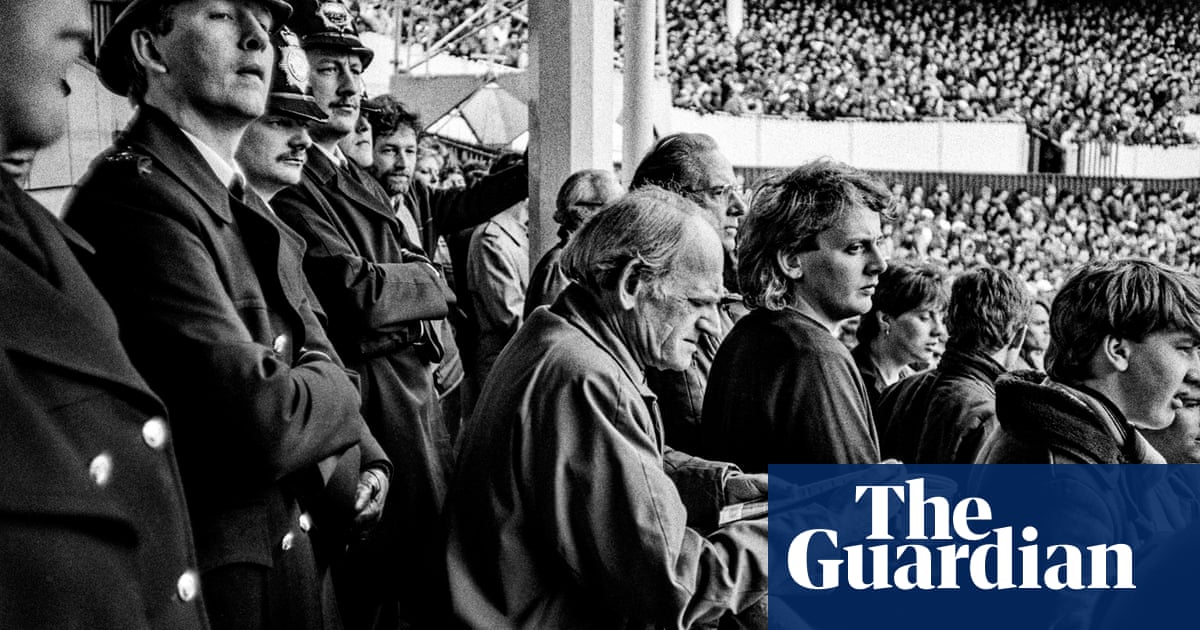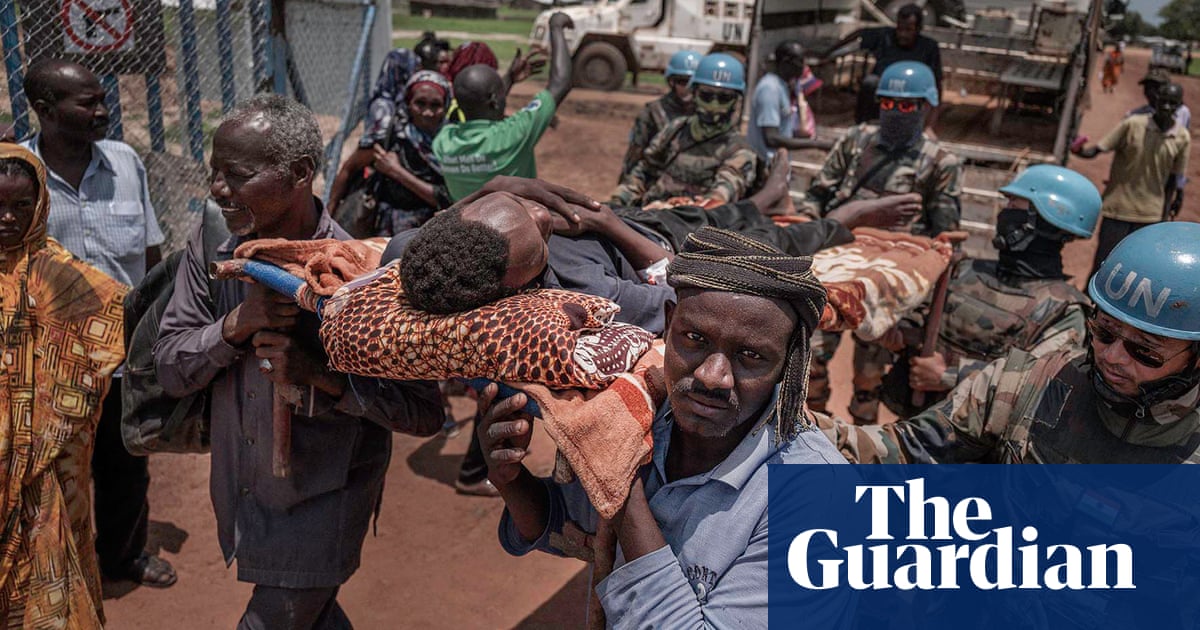
he images in this series address questions of claustrophobic spaces. They convey a sense of being locked down, however they were taken last year before the emergence of Covid-19. They were snapped inside my grandmother’s small flat in St Petersburg, which for many years she has hardly left. As long as I can remember my grandmother’s world has conveyed a sense of being locked down. She leaves the flat once a week to get groceries and a TV guide from the shop directly below her apartment. In the winter she doesn’t leave the flat for three months because it’s too cold and windy outside, or too slippery.
To keep entertained, Babushka cooks, washes dishes, mends clothes and watches TV. Under Russia’s coroanvirus lockdown measures she isn’t allowed to travel more than 200 metres from her apartment. This is something she has hardly done in the past 10 years, so her life is relatively unchanged.
With the intention of exploring my Russian connections, I made two trips to the country in September and December 2019. In this small apartment I made portraits of my grandmother (Babushka), my mother (Svetlana) and myself, in various configurations. I also documented the daily routines and minutiae of my grandmother’s life – the furnishings, her food and pickles, her decor and the ubiquitous television screen that is her main connection to the outside world.
The reality I’m depicting here for my grandmother has not changed much; she has always lived in this way. Since my grandfather died 10 years ago, her life has become increasingly isolated. My grandmother took care of me for the first four years of my life so, for me, the apartment is like a time capsule. When I visit I am treated like I’m still a child and it doesn’t feel like much changes, though at times I have not returned for years. The routine and familiarity of life in this apartment can be both bleak and comforting and I set myself the challenge of building a visual narrative with photographs taken only within its confines. I saw this work was as the beginning of a long-term process of engagement with my family history and I hadn’t anticipated that a depiction of this claustrophobic isolation would be so pertinent to what’s happening today.
My grandmother was born at the start of the second world war, which brought starvation and many other privations. She experienced temporary blindness as a child and has permanent partial deafness as a result of the war. My mother grew up in communist Russia, when travel outside of the Soviet Union was not possible. As a young woman she lived through perestroika and also experienced immense hardship; there was no food on the shelves and basic items were rationed. During this time there was also a lot of fear surrounding the Chernobyl nuclear disaster.
My grandmother sewing in her bedroom, one of the common places you may find her in her flat at midday.
The traumas of state violence, war and gender violence weigh heavily on my family. My great grandfather, a victim of Stalin’s purges, was executed in the 1930s. I was born in Russia, but came to Britain at the age of four, after my mother fled my abusive and violent father.
With this project I wanted to engage with my family history and investigate my grandmother’s life and the relationships between her, my mother and me. I felt that through exploring this one small confined space I could find something typically Russian but universally human. I am particularly interested in the idea of post-memory, and in understanding the ways family trauma may be passed down through the generations. I am also interested in how we create and project on to our own pasts.
My intention is to place female narratives, so often neglected, at the centre of this project. I hope this depiction of the lives of three ordinary women will represent something universal about the bonds of love and history that connect generations of women around the world.












